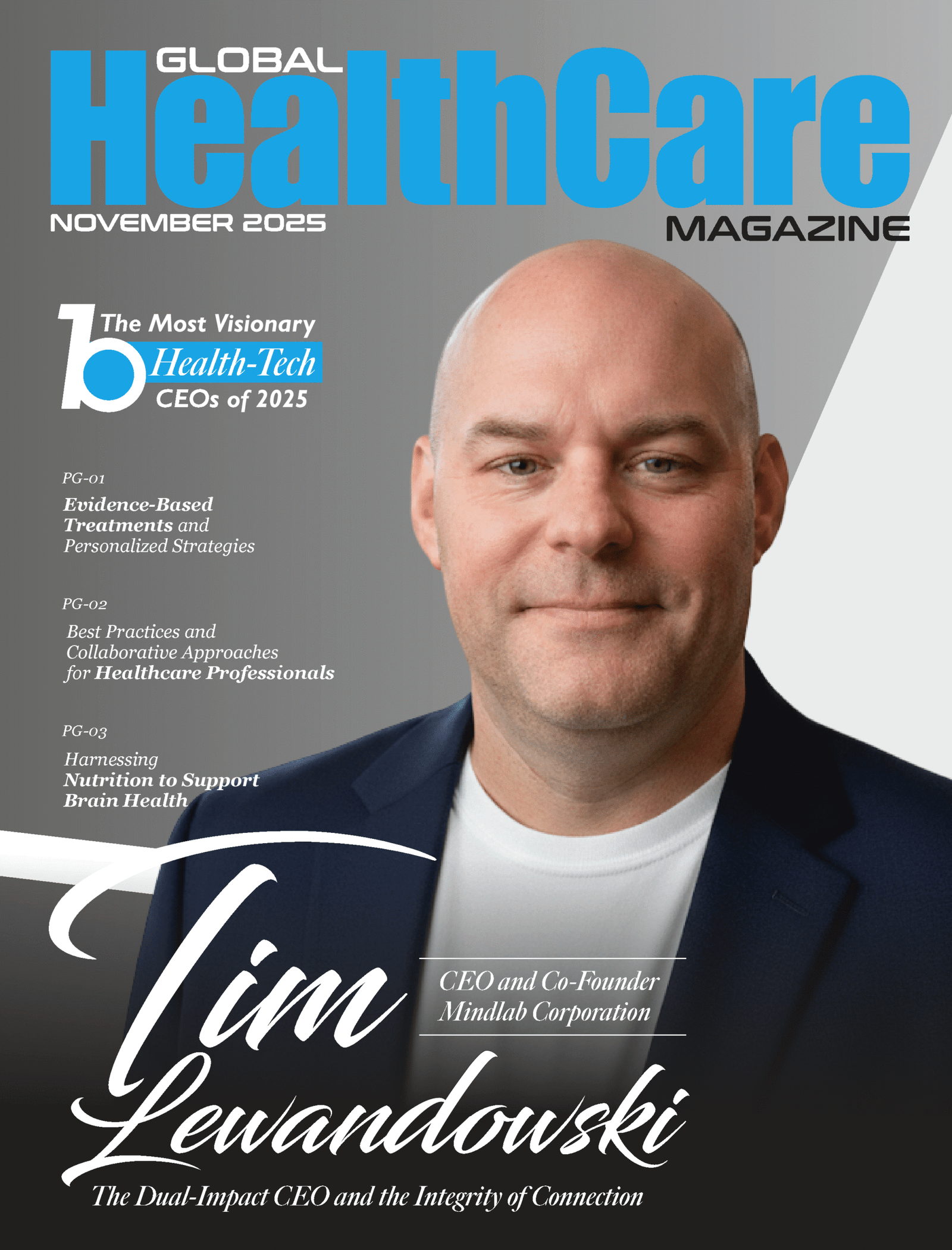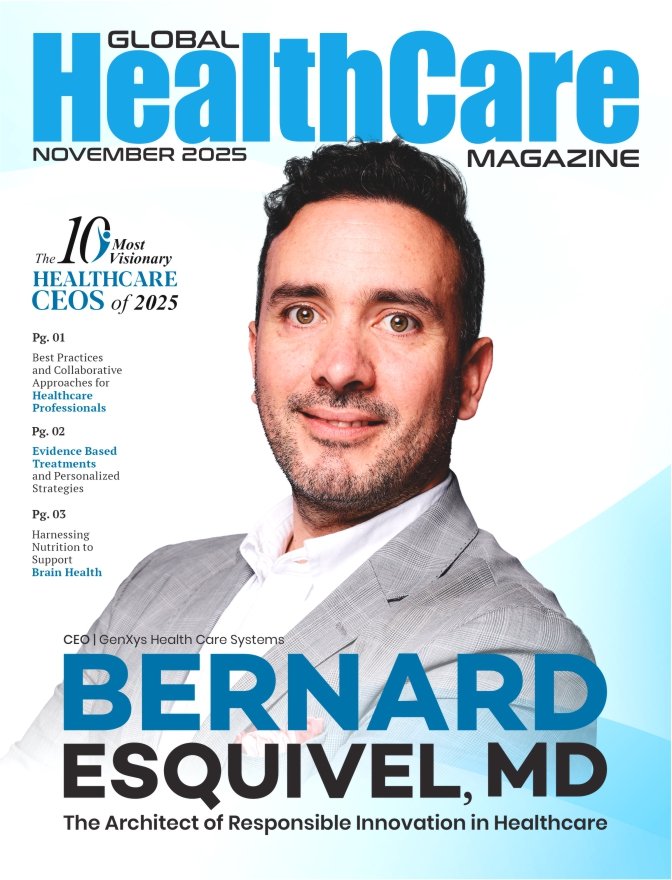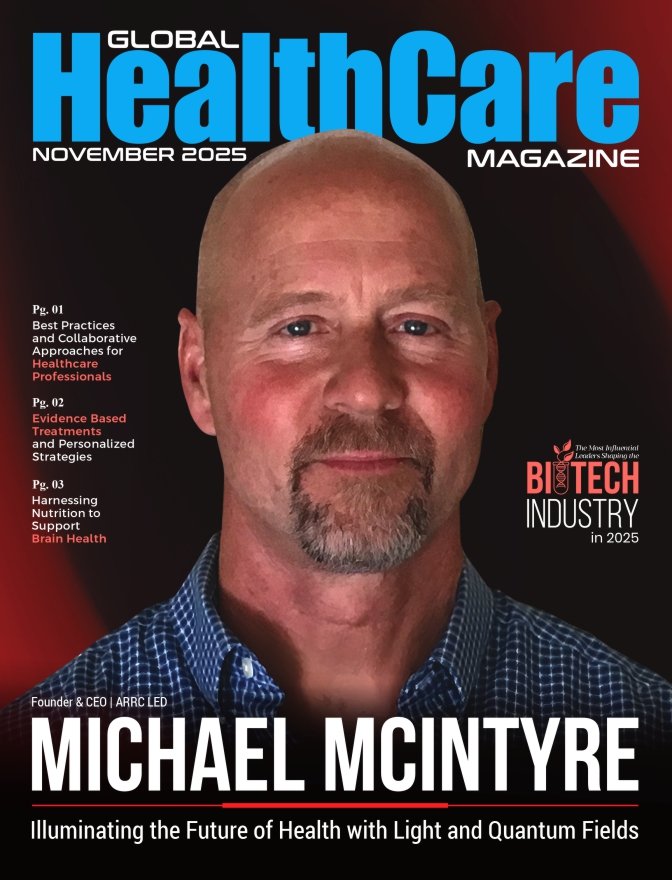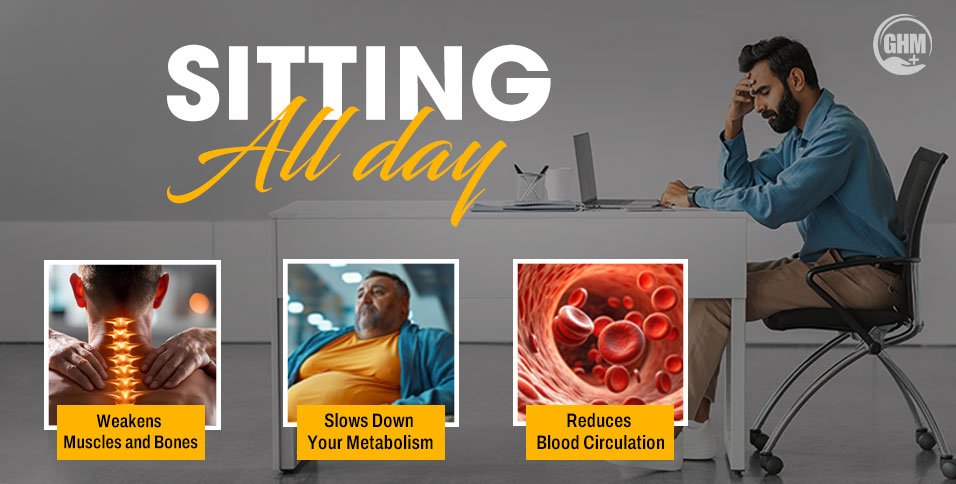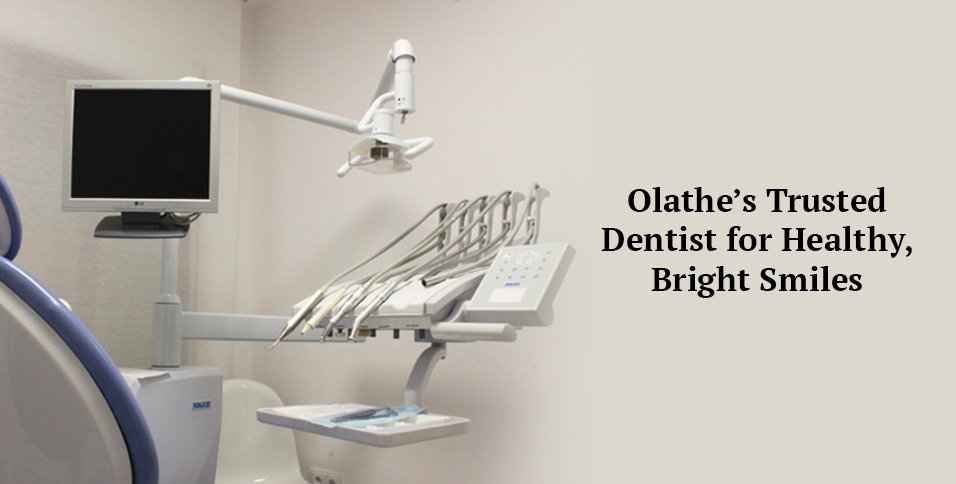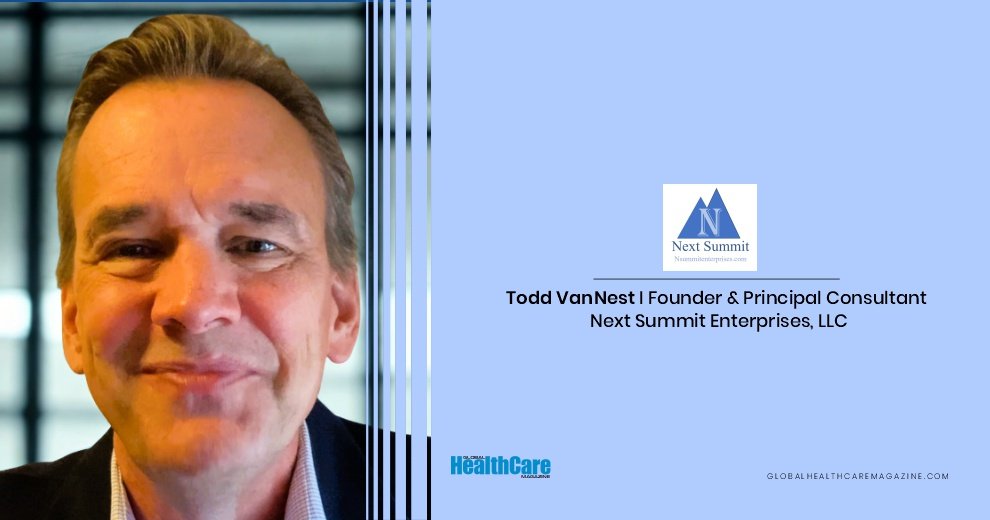The hands are the first thing you notice about Ira Fedder. They are surgeon’s hands, even now. Not in the tremulous, overwrought way you see on television, but in their quiet economy of motion. When he gestures to explain a point about capital allocation or the market viability of a new biologic, the movement is precise, definitive, as if he were indicating an incision point on a preoperative X-ray. For thirty-two years, these hands did their work inside the human body, navigating the breathtakingly complex architecture of the spinal column. They repositioned vertebrae, removed herniated discs, and reconstructed pathways for pinched and protesting nerves.
Now, in a bright, airy office that smells of fresh coffee instead of antiseptic, his hands navigate pitch decks and term sheets. The subject matter is the same—the spine—but the tools have changed entirely. The scalpel has been replaced by a stylus, the operating theater by a boardroom. The fundamental question, however, has remained unchanged for Ira Fedder his entire career: How do you fix what is broken?
The Cartography of a Column
To understand Ira Fedder’s present, you have to understand the thirty-two years he spent as a partner at Towson Orthopaedic Associates in Baltimore. You have to picture him under the intense white light of an OR, his world narrowed to a few square inches of exposed anatomy. A spine, he will tell you, is not just a stack of bones. It’s a story. You can read a life in its curves and compressions—the years of manual labor, the sudden trauma of an accident, the slow, creeping betrayal of degenerative disease. Fedder became an expert reader of these stories, and an even better editor.
His approach was never one-size-fits-all, a philosophy that now forms the bedrock of his investment strategy. “No single solution can possibly be the answer for everyone,” he says, leaning forward, the phrase sounding less like a professional mantra and more like a profound, hard-won truth. “Your solution needs to be unique.” This belief led him to become a passionate advocate for the anterior approach—a surgical technique that involves entering the body from the front to access the spine. It is an elegant, if demanding, path that avoids disrupting the powerful back muscles. It requires a different kind of map, a different kind of finesse.
It also led him to embrace new technology with a craftsman’s enthusiasm. He talks about “zero profile” cervical devices the way a master carpenter might talk about a favorite dovetail joint. These are implants that sit flush against the bone, reducing irritation to surrounding tissues like the esophagus. Between 2010 and his retirement from surgery in 2023, he implanted over four hundred of them. It’s a specific, almost granular detail, but it’s telling. It speaks of a mind not content with the status quo, a practitioner constantly seeking a better tool, a cleaner line, a more perfect and lasting fix. He wasn’t just performing surgery; he was refining the very act of it, one patient, one vertebra, one innovative device at a time. This was not the work of a mere technician, but of an artisan who happened to work in bone and nerve.
A Different Kind of Incision
The transition from surgeon to venture capitalist can seem abrupt from the outside, a sudden career swerve into a world of finance and speculation. But for Fedder, it was a slow, organic branching, like a nerve seeking a new pathway. The seed was planted twenty years ago, in 2005, when he co-founded NeuroSpine Ventures with Andy Rock. It started as a side project, an angel investment firm born from a surgeon’s unique perspective. Operating day in and day out, Fedder saw the gaps. He saw the cumbersome tools, the incremental-but-not-transformative innovations, the recurring problems that needed entirely new answers. He had the kind of user-experience insight that no MBA program could ever teach.
For nearly two decades, he lived a double life. By day, he was Dr. Fedder, the trusted surgeon whose name appeared on referrals across Maryland. In his other hours, he was Ira Fedder, the investor, listening to fledgling entrepreneurs, studying market trends, and placing bets on ideas that might one day end up in the hands of surgeons just like him.
He was, in effect, trying to solve the problem at a different scale. Surgery is an act of profound and immediate impact. You enter a room with a person in pain, and if all goes well, you leave them on the path to being whole again. It is a tangible, one-to-one transaction of skill and healing. Investing in a medical device company is an act of deferred and distributed faith. The gratification is abstract, delayed, and never guaranteed. But if a bet pays off—if that new device, or that new diagnostic tool, or that new surgical technique becomes the standard of care—the impact is magnified a thousandfold. You haven’t just helped one patient on one Tuesday morning; you have indirectly touched the lives of countless patients in operating rooms you will never see. In March 2023, Fedder decided to commit fully to this new scale. He hung up his scrubs, not because his work was done, but because he had found a new, bigger operating theater.
The Regenerative Bet
Sit with Fedder today, as his firm NeuroSpine Ventures integrates with Blackpoint Capital and he settles into his new role as an analyst and strategic advisor, and the conversation inevitably turns to the future. His eyes light up when he talks about regenerative technologies. The words come quickly, a cascade of clinical-yet-hopeful terms: “stem cells,” “PRP,” “BMAC,” “exosomes,” “shockwave.” This, to him, is the next frontier.
For his entire surgical career, he was in the business of reconstruction. He fixed, fused, and fortified spinal columns that had failed. The work was essential, but it was fundamentally reparative. Regenerative medicine offers a different promise: the chance not just to repair, but to renew. To coax the body into healing itself. It’s a paradigm shift from carpentry to gardening, from replacing a rotted beam to nurturing the wood so it never rots in the first place.
This is where the pharmacist that Fedder was at the very start of his career—he earned his Pharm.D in 1979 before even going to medical school—re-emerges. He understands the body on a cellular, pharmacological level. He sees the potential in harnessing the body’s own intricate messaging systems to stop degeneration before it starts. He is looking for companies that aren’t just building a better screw or a more durable cage, but are asking if, one day, we might not need the screw or cage at all. It’s a long-term vision, and it requires a particular kind of patience—the patience of a man who has spent decades watching the slow, inexorable march of disease and now wants to find a way to turn back the clock.
The Analyst’s Touch
What does an orthopedic spine surgeon bring to the world of venture capital? The answer, it turns out, is the very thing that made him a good surgeon in the first place: a diagnostic eye. He listens to a founder’s pitch with the same focused intensity he once used to listen to a patient’s description of their pain. He scrutinizes a company’s strategy for weaknesses, for hairline fractures that could lead to catastrophic failure down the road. He knows the regulatory hurdles, the reimbursement complexities, the subtle politics of hospital procurement, and the fierce loyalties of the surgical community. He possesses a fluency in the language of both the body and the business.
He is no longer making the incision himself, but he is guiding the hands that will design the next generation of tools. He is mentoring, advising, and investing in the people who will stand where he once stood. The muscle memory is still there—in the confident quiet of his hands, in the precise, analytical nature of his speech, in the unwavering focus on a singular, human problem. Ira Fedder has simply moved from treating the individual spine to treating the future of the entire field. The goal, as ever, is a clean, elegant, and lasting fix.
Also Read: Neurocare Visionaries: The Most Influential Neuro-Spine Surgeons, 2025



